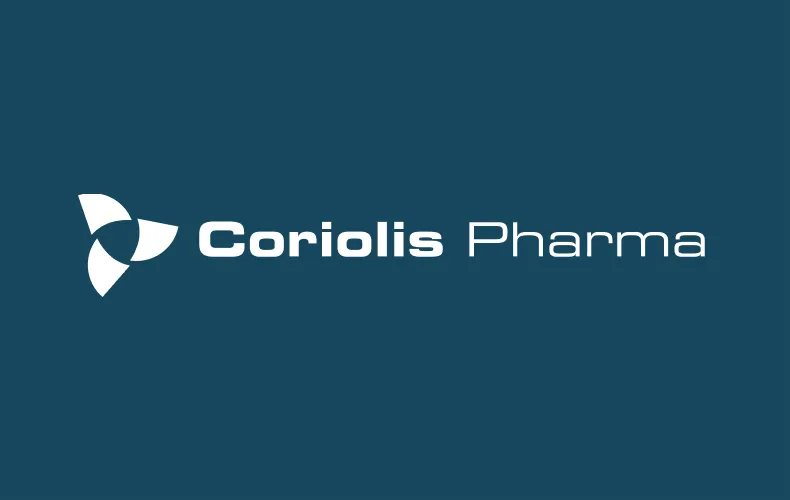Pharmaceutical Feasibility of Sub-Visible Particle Analysis in Parenterals with Reduced Volume Light Obscuration Methods
European Journal of Pharmaceutics and Biopharmaceutics
Authors: Hawe A, Schaubhut F, Geidobler R, Wiggenhorn M, Friess W, Rast M, de Muynck C, Winter G.
The draft for a new United States Pharmacopoeia (USP) monograph {787} “Sub-visible Particulate Matter in Therapeutic Protein Injections” describes the analysis of sub-visible particles by light obscuration at much lower sample volumes as so far required by the European Pharmacopoeia (Ph. Eur.) and the USP for parenterals in general. Our aim was to show the feasibility of minimizing the sample expenditure required for light obscuration similar to the new USP settings for standards and pharmaceutically relevant samples (both proteins and small molecules), without compromising the data quality. The light obscuration method was downscaled from >20 ml volume as so far specified in Ph. Eur./USP to 1 ml total sample volume. Comparable results for the particle concentration in all tested size classes were obtained with both methods for polystyrene standards, stressed BSA solutions, recombinant human IgG1 formulations, and pantoprazol i.v. solution. An additional advantage of the low volume method is the possibility to detect vial-to-vial variations, which are leveled out when pooling several vials to achieve sufficient volume for the Ph. Eur./USP method. This is in particular important for biotech products where not only the general quality aspect, but also aggregate formation of the drug substance is monitored by light obscuration.
https://www.sciencedirect.com/science/article/abs/pii/S0939641113000581?via%3Di…
